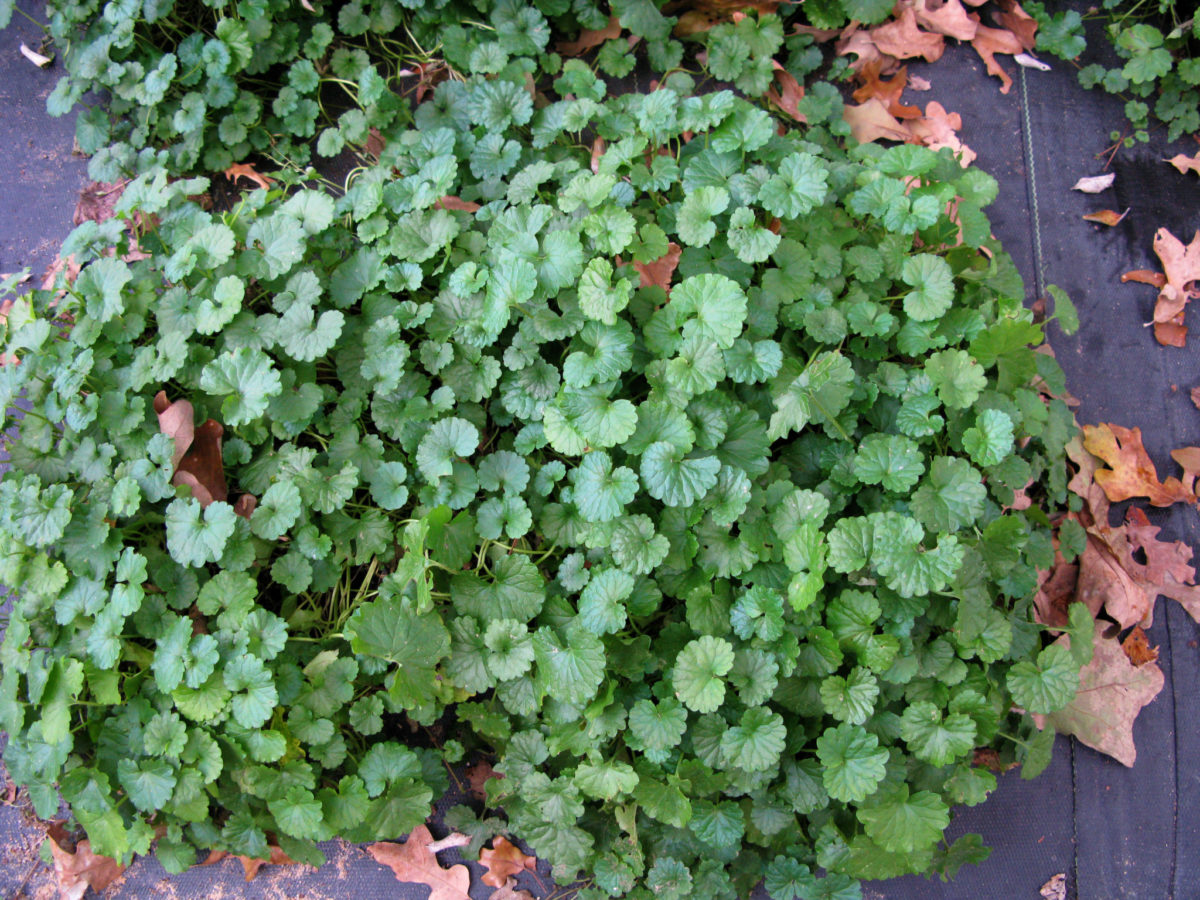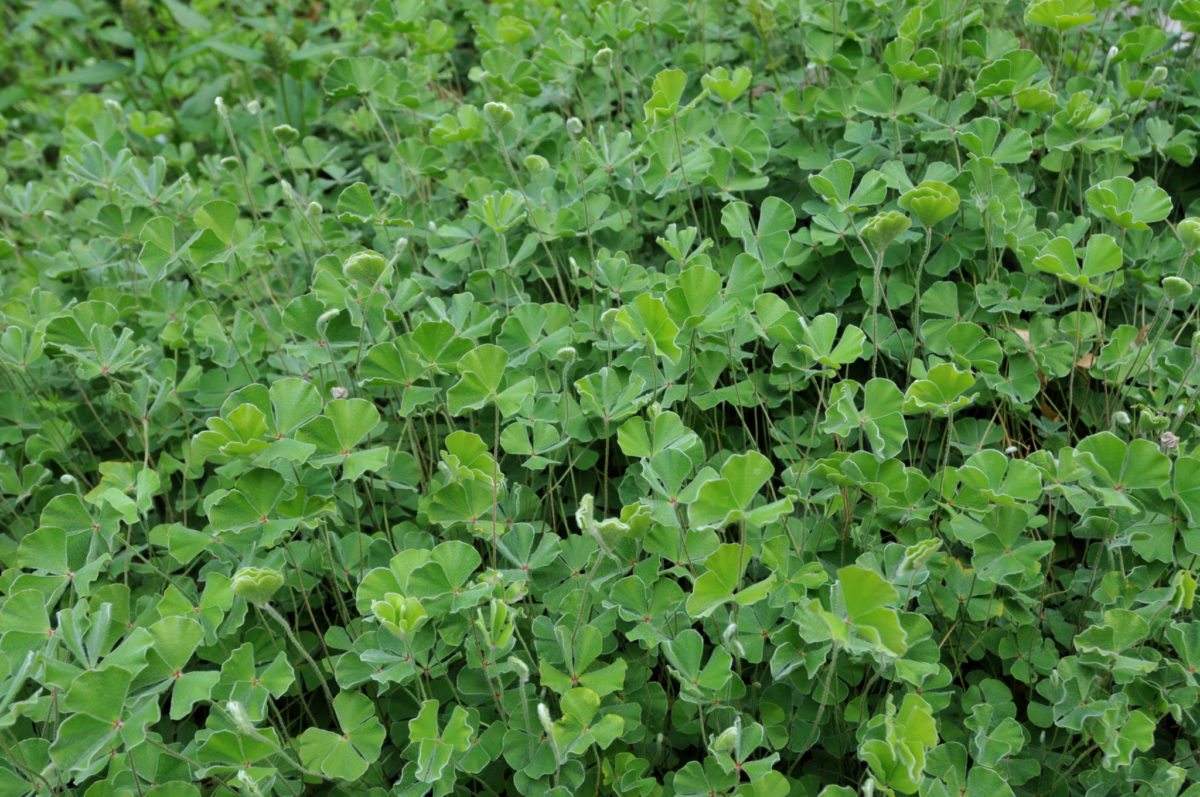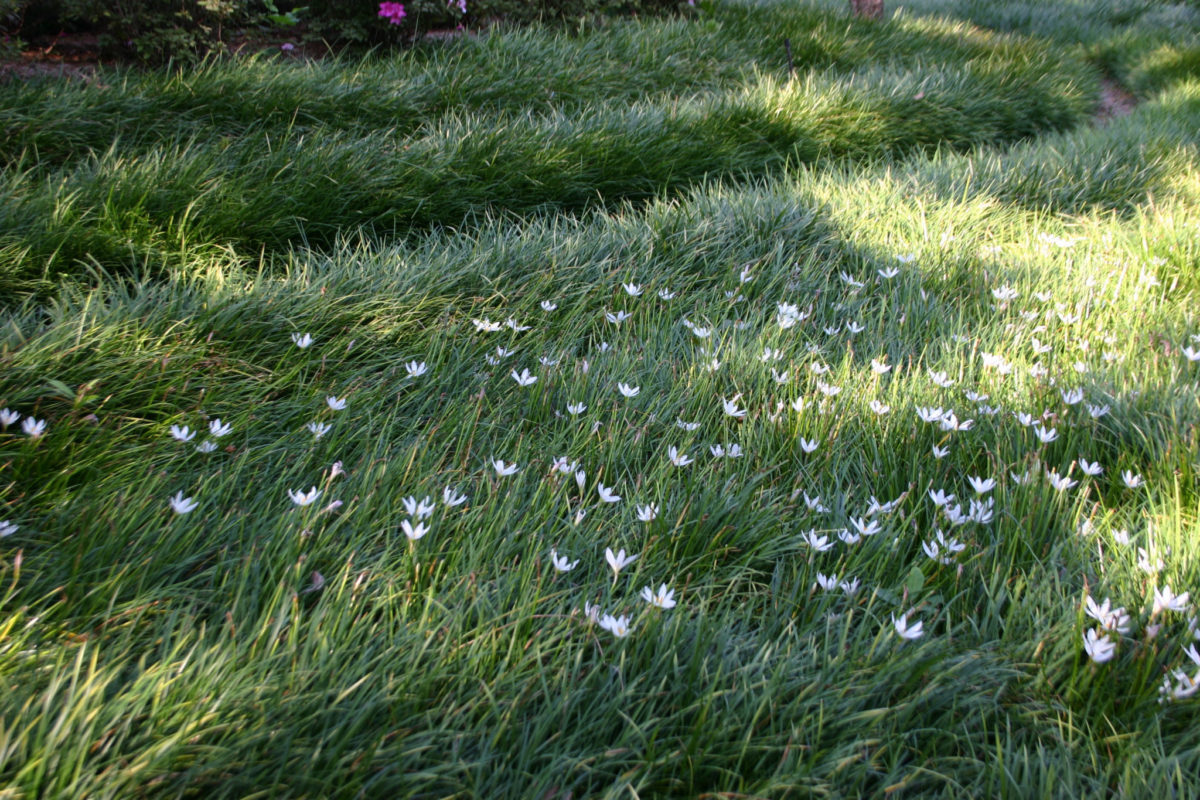Our Work
Welcome to our Plant Library! Dave and his staff share their years of experience trying out different plants, along with the maintenance know-how that comes from doing it all yourself. The photos and descriptions here will introduce you to some of the wonderful plant material we can enjoy here in North Texas. We hope you enjoy this handy resource.
Show All AnnualEvergreenGrassesGround CoversLarge TreesOrnamental TreesPerennialsShrubsSpring ColorVines
Dwarf Bamboo

Dwarf Bamboo
(Pleiblastus distichus “Mini”)
Smallest bamboo available, growing to just 1 foot tall with deep green 1″ wide foliage.
Will spread to cover an area in full to light shade; good alternative to turf in dark shade where grass won’t grow, but confine it with a good barrier to keep it where you want it.
Creeping Charley

Creeping Charley
(Glechoma hederacea)
A little round leaf on a persistent groundcover.
Creeping Charley came to America with Germans who used it to clarify their beer, and it’s happy here.
Don’t bother trying to get rid of it in your lawn—it gives off a wonderful scent when mowed and can be used to treat chronic sinus problems.
Water Clover

Water Clover
(Marsilia macropoda)
Best plant for those bar ditches and soggy places where most plants rot. Mostly evergreen, water clover produces spores so it is more of a fern than a clover. Adapts to dry land in shadier spots. Gets 6″ to 1′ tall and will spread wherever it is happy; trim back if it looks tatty.
Rain Lily, Fairy Lily

Rain Lily, Fairy Lily
(Zephyranthes candida)
The soft round foliage of the rain lily makes a wonderful groundcover under light shade.
A bulb in the onion family, it will sit quietly in the garden until a mid- or late-summer storm energizes it. Then it will be covered in little short-stemmed white lilies, sometimes for weeks afterwards.
There’s a good stand at the Arboretum (pictured here); it can also be planted out in an unmown lawn area just like crocus. Unlike some things (begonias?), more is better.
About | Services | Projects | Press | Contact | Site
photo: David Rolston Landscape Architects

